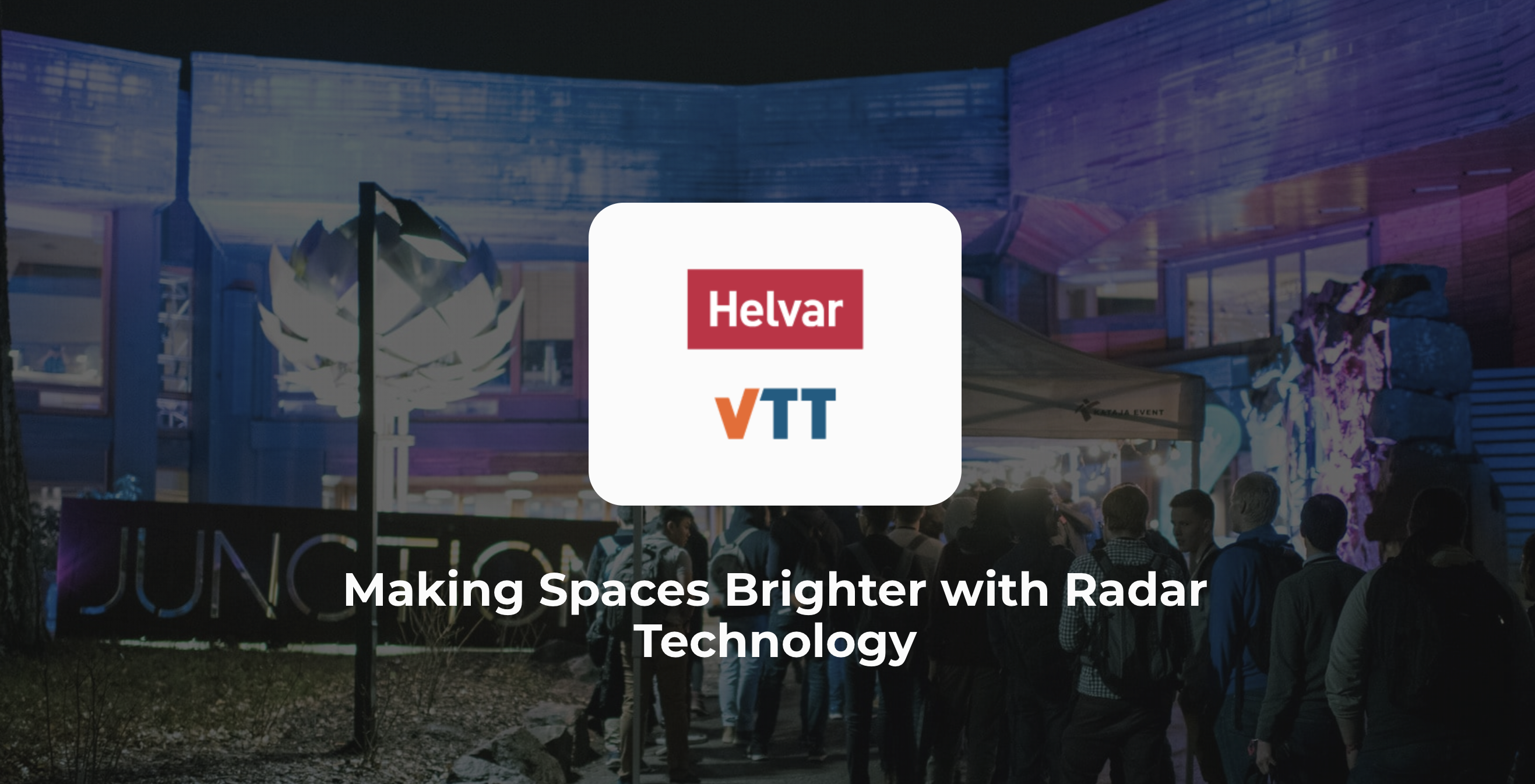WRITTEN BY HENRI JUSLÉN
Henri Juslén, Helvar’s Chief Future Illuminator, focuses together with his team on lighting, research, university co-operation, IPR, standards and AI-solutions. With over 40 years of life experience and over 20 years of lighting experience, Henri is a true veteran of the lighting industry. Henri holds a number of qualifications including a D.Sc in tech and the WELL AP credential.
Light creates life. Yes, that is the truth, but let´s not go so far. When thinking about indoor environments, light defines what and how well we see. It adjusts to our circadian rhythms and influences our alertness and mood. The question is, what kind of light, when and to whom? People are different and their tasks are different.
When we are older, we need more light. As we age, the structure of the eye changes meaning a lower amount of light passes through our eyes. For example, a 55-year-old person’s eye gets only 50% of the light as the eye is not as ‘clear’ in comparison to a 10-year-old person’s eye. This is partly creating the problem for circadian rhythms, resulting in tiredness and poor quality of sleep. Another significant differentiator is our chronotype. Some of us are morning larks and some of us are evening owls. Morning people are the lucky ones, as it is easy for them to get to sleep and wake up. However, good lighting can even help the evening owls to improve their quality of life. The basic rule is to provide an abundance of cool light in the morning to awaken the body, and to avoid cool, blueish light in the evening so that the body can wind down ready for rest mode.
Lighting preferences vary from person to person. Studies show that when people are forced to select a lighting level they prefer, their selections are quite different. On the other hand, if the lighting level is adequate, people tend to accept it and forget to make adjustments, even though they may benefit from tailoring their lighting experience. This might mean that good sensors together with automatization, can be the best way to guarantee good lighting conditions. We need different kinds of lighting depending on the tasks that we are doing. For example, focusing on reading requires high uniform lighting to improve our visual capabilities. Having a workshop with colleagues might require good colour rendering and light especially for vertical areas. This helps us to “see” what others are meaning and feeling. As we know, a huge part of communication goes through visual cues.
“Human Centric Lighting” refers to situations where lighting is designed to have a real focus on end users’ needs. But, do we have enough information to provide the optimum lighting conditions for different needs? The ability to identify the human presence in a room has been around for a long time and it is used to automatically and reliably control lights. Traditional and still useful detection technology is based on PIRs (Passive infrared sensors). PIRs are reliable, but there might be other options in the future. At Junction Hackathon, we might see examples of something new.
Technological evolution demands innovation, and our goal is to create smarter and more intelligent indoor spaces. The application of Machine Learning and AI algorithms help, but the best way to build the future is by collaborating with other smart minds. That is why Helvar is participating at Junction Hackathon together with VTT. Hackers can create the future, by combining their innovativeness with VTT radar technology and Helvar Lighting Control technology. The challenge for participants is to use the data from Radar sensors to develop futuristic applications capable of delivering state-of-the-art lighting. This could be the next step in creating truly smart indoor systems!
The challenge is: “MAKING SPACES BRIGHTER WITH RADAR TECHNOLOGY”

